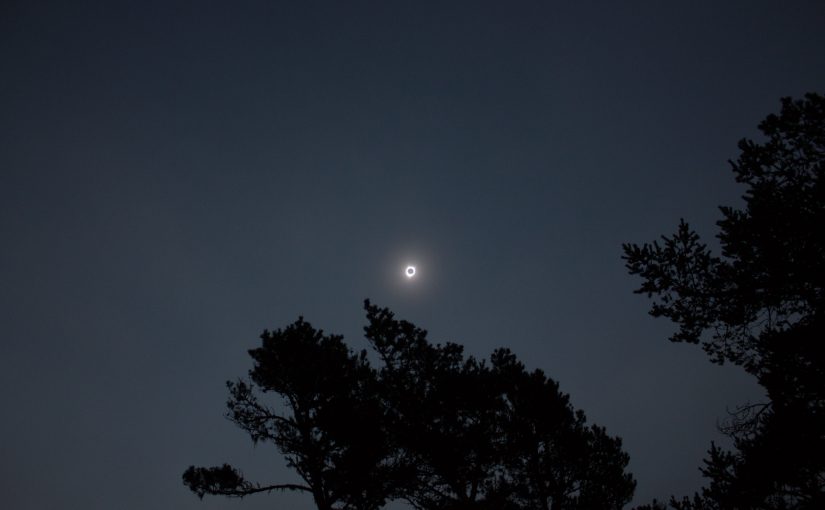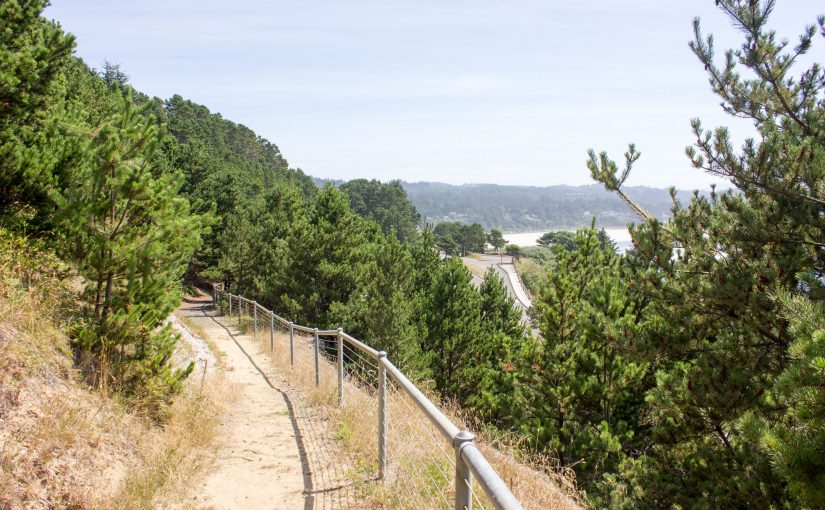I have so much that I need to do and so little time; does anyone know where I can buy a time turner?
Smoke Filled Room (Acoustic) – Mako
Haze – Amber Run
Wastelands – Amber Run
Cruise (Feat. Andrew Jackson) – Kygo
All We Need – Fyfe
Take Five – Patrik Almkvisth1
Better Man (Feat. Peter Gregson & Iskra String Quartet) – Fyfe
Animals – Tamu Massif
Thunder – Imagine Dragons
Black Or White – Yoe Mase
Sugar for the Pill – Slowdive
Waves – Hayden Calnin
Miracles (Someone Special) – Coldplay & Big Sean
A L I E N S – Coldplay
Dancing In The Dark – Imagine Dragons
Drive Slow – LUCASV
Hymn – Kesha
Praying – Kesha
Boots – Kesha2
One Man Band – Albin Lee Meldau
Chandelier – Sia
No Answers (Acoustic) – Amber Run
Drugs – Roach Gigz feat. DB The General3
Nirvana – TheSamLao
Rainbow – Kesha
Hunt You Down – Kesha
Dark Side Of The Gym – The National
Broken Glass – Sia
Carin At The Liquor Store – The National
Learn To Let Go – Kesha
Don’t Believe In Love – Mr.PottyMouth
Walk On Water – Thirty Seconds to Mars
Say You Love Me – The Nor’easters
Fools – The Nor’easters
Falling Ashes – Slowdive
All Boundaries Are Conventions – Tom Tykwer, Johnny Klimek & Reinhold Heil
I Found (Acoustic) – Amber Run
White Mustang – Lana Del Rey
Saturn – Sleeping At Last
Firefly – BANNERS
Countdowns – Sleeping At Last
Kesselring – Tom Tykwer, Johnny Klimek & Reinhold Heil
Work Song – Hozier
Bloodshot – Albin Lee Meldau
Cherry – Lana Del Rey
Bike Dream – Rostam
Space Between – Sia
Born To Beg – The National
Change – Lana Del Rey
Nobody Else Will Be There – The National4
The System Only Dreams In Total Darkness – The National
Sleep Well Beast – The National
No Longer Making Time – Slowdive
New York – St. Vincent5
Breakdown – Jack Johnson
I Took a Pill in Ibiza – Mike Posner
Skinny Love – Bon Iver
715 – CRΣΣKS – Bon Iver6
- One of my favorite things about this one is watching people try to pronounce the guy’s last name. ↩
- This is a great one if you’re missing that “classic Ke$ha” feel. And yes, spelling it “Ke$ha” instead of “Kesha” was deliberate. ↩
- At this point I’m just keeping this in here because it’s fun to have one song that really doesn’t fit the vibe of the rest. ↩
- Probably my favorite off this album, although “The System Only dreams in Total Darkness” is also very good. ↩
- “What, do you have a Song Exploder playlist?” – Chase ↩
-
So, I use Workflow to automate the process of making these posts, because otherwise it’d take me a couple hours each time. The long and short of it is that it uses the iTunes Store’s search stuff, by dumping the full title of the song in, and then lets me choose the right one from a list.
Somehow, given the full title of this song, iTunes’ search was unable to find anything, and I am utterly baffled by how that happened. ↩




